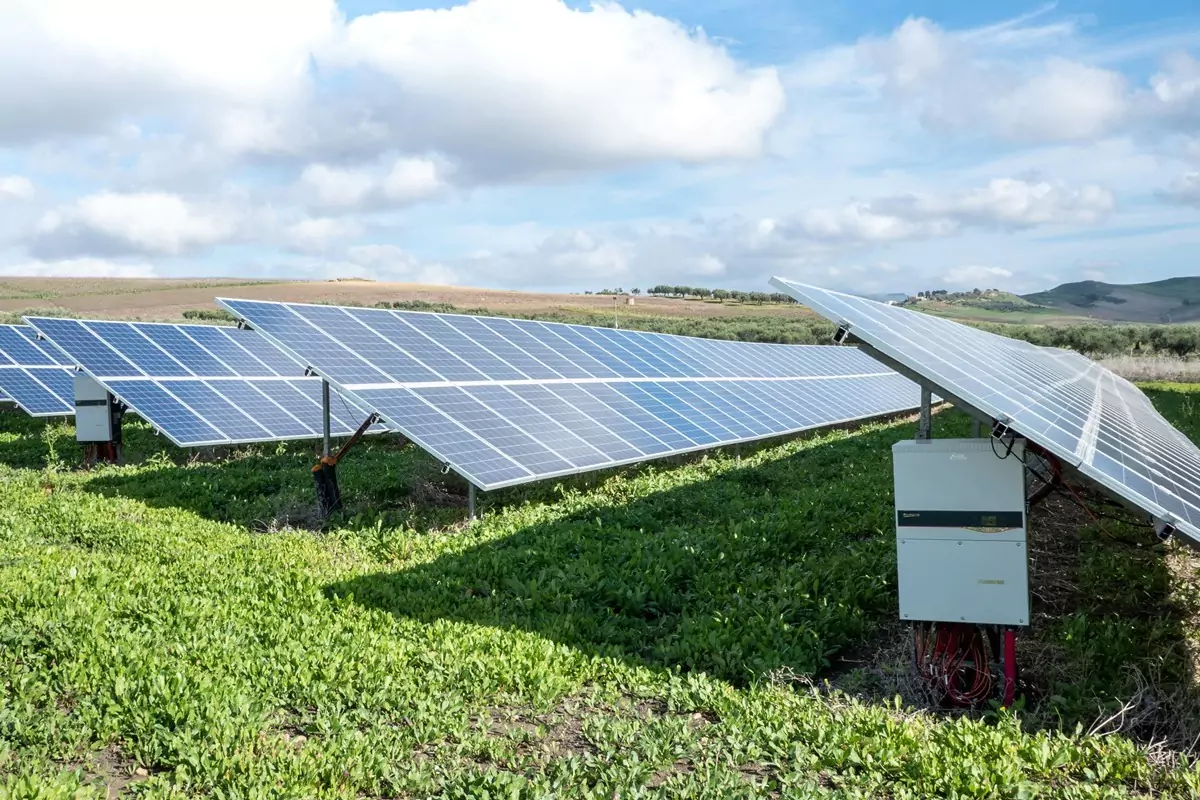Solar power surpassed coal in the EU’s energy mix in 2024, marking a significant shift toward renewable energy, according to new data. Solar generation increased by 54 TWh in 2024, a 22% rise compared to 2023, reflecting the technology’s expanding role in the bloc’s energy transition. Coal, meanwhile, dropped to just 10% of the production share, making it only the sixth-largest energy source in the EU for the first time.
The European Union recorded a significant increase in solar energy generation in 2024, according to a report by energy think tank Ember, with production 22% higher than in 2023.
Over the course of 2024, an additional 66 GW of solar capacity was added to the EU network—equivalent to over 450,000 panels installed daily. This places the bloc ahead of its interim REPowerEU solar target of 400 GW installed capacity by 2025, putting the EU within reach of achieving the 2030 target of 750 GW if current trends continue.
All EU member states recorded growth in solar generation and capacity in 2024. Notably, 16 countries generated more than 10% of their electricity from solar, three more than in 2023. The report also highlighted the increasing interest in agri-photovoltaics, the dual-use of land for farming and solar energy.
Interestingly, more than half of the EU countries now have either no coal power or a share below 5% in their energy mix. This is a stark contrast from the figures reported in 2019, which put coal as the third-largest energy source in the EU. Gas power generation also fell in 2024—the fifth consecutive contraction. Last year, coal had a 10% share of overall production, while gas accounted for 16% and renewables made up 47%.
Challenges
While solar power is becoming increasingly abundant, the report identified certain challenges in integrating this growth into the energy market. Hours of negative or zero electricity prices doubled in 2024, occurring 4% of the time on average across the EU, up from 2% in 2023. This highlights the need for investments in clean flexibility solutions, such as battery storage, smart electrification and expanded grid infrastructure.
Battery storage, which can shift solar power from peak production hours to evening demand, is emerging as a key solution. However, its deployment remains concentrated in just a handful of countries, with 70% of EU battery capacity located in Germany and Italy. An improved policy framework is needed to encourage private investment and address barriers, such as double grid charges and restrictive market rules.
Smart electrification can also benefit consumers by encouraging energy use during periods of low electricity prices. However, access to smart meters remains limited in parts of the EU, with fewer than 30% of households equipped in 10 member states. Fixed-price electricity contracts still hinder consumer participation in demand flexibility.
As summarised by Ember’s report, “The European Green Deal has delivered a deep and rapid transformation of the EU power sector. Driven by expanding wind and solar power, renewables have risen from a share of 34% in 2019 to 47% in 2024, as the share of fossil fuels declined from 39% to a historic low of 29%. Solar remained the EU’s fastest-growing power source in 2024, rising above coal for the first time. Wind power remained the EU’s second-largest power source, above gas and below nuclear.”
Read related:
President Trump moves to withdraw US from Paris Agreement on first day back in office
Monaco Life is produced by real multi-media journalists writing original content. See more in our free newsletter, follow our Podcasts on Spotify, and check us out on Threads, Facebook, Instagram, LinkedIn and Tik Tok.
Photo source: Sungrow EMEA, Unsplash
